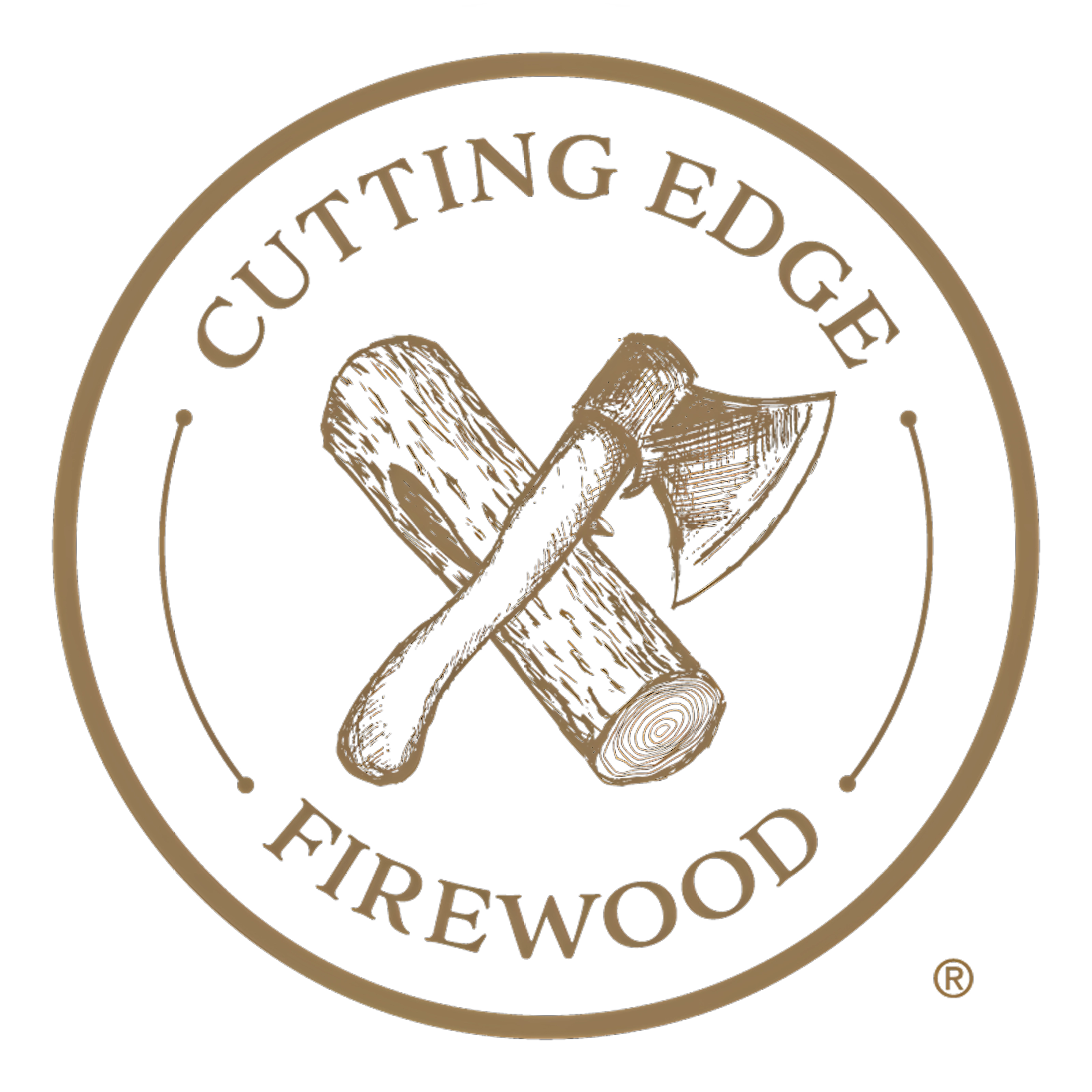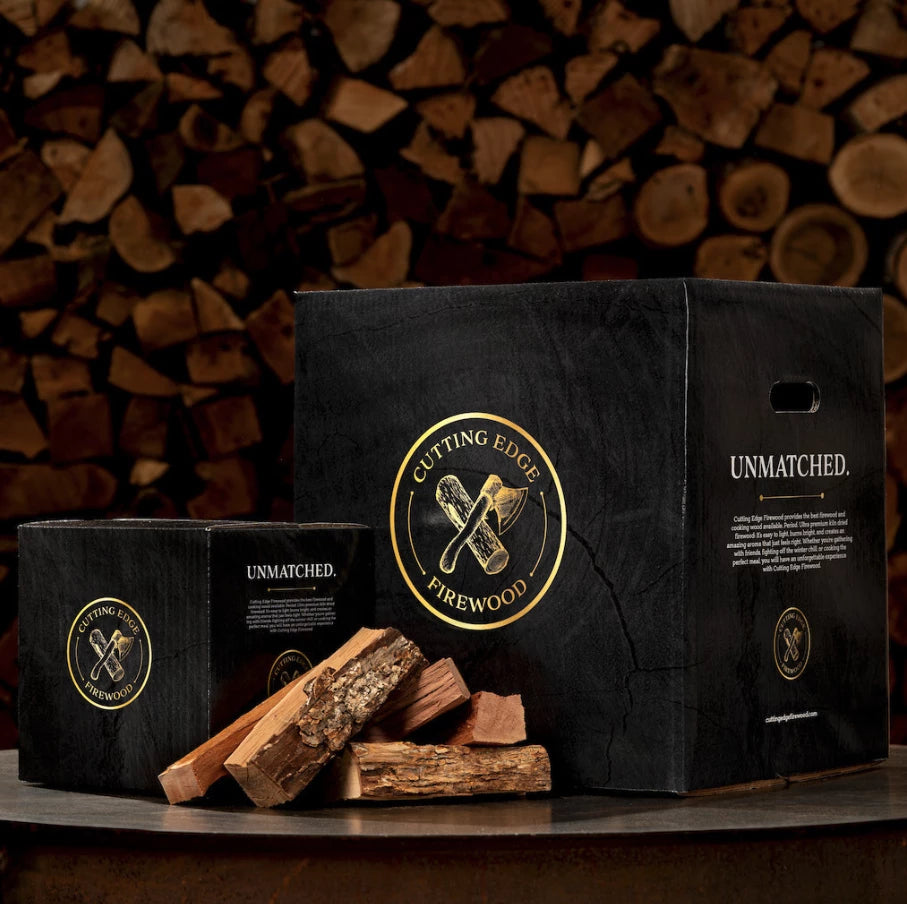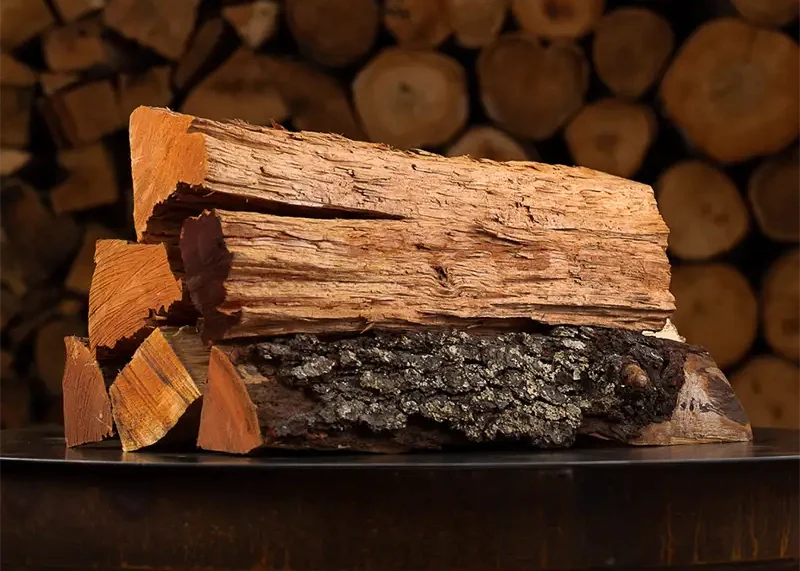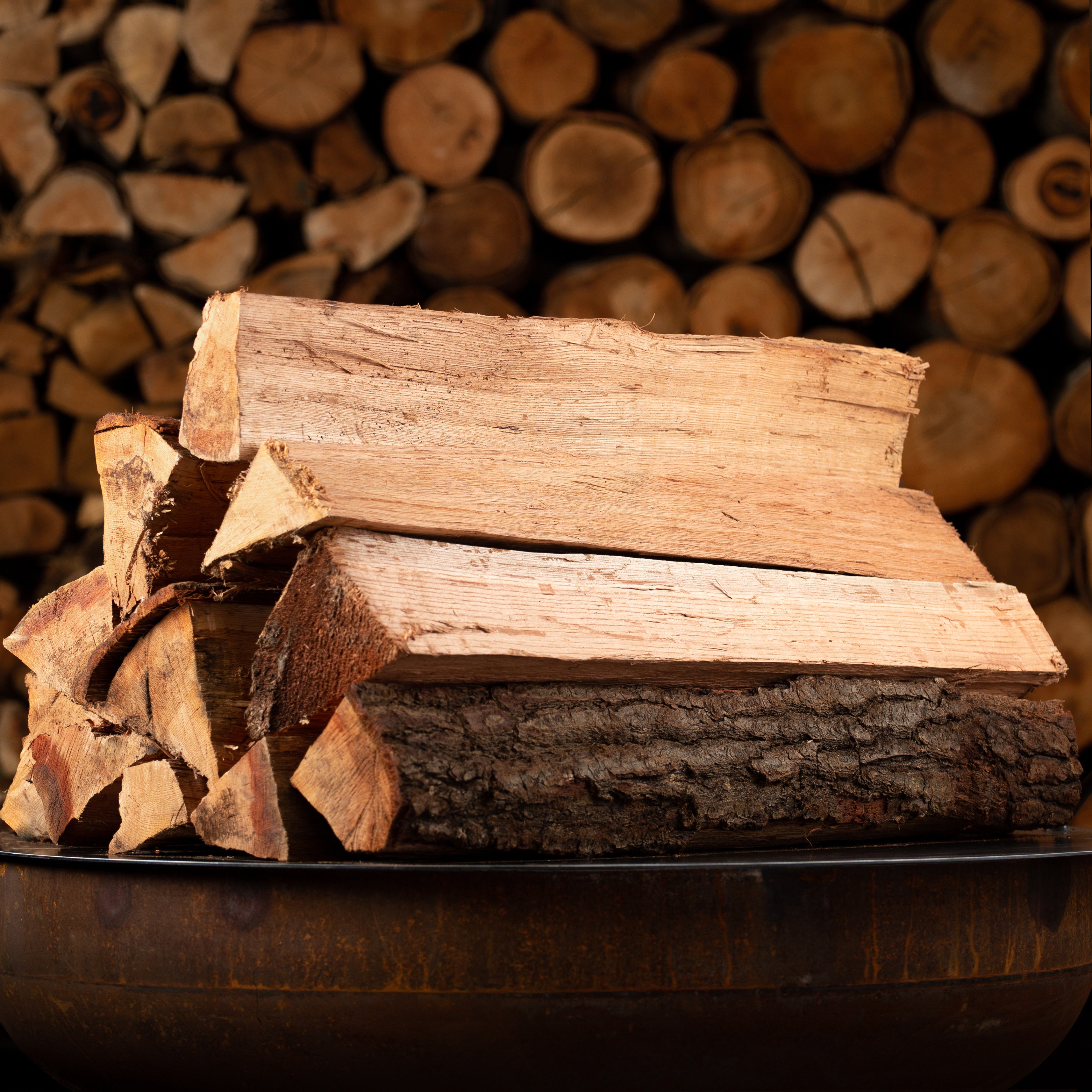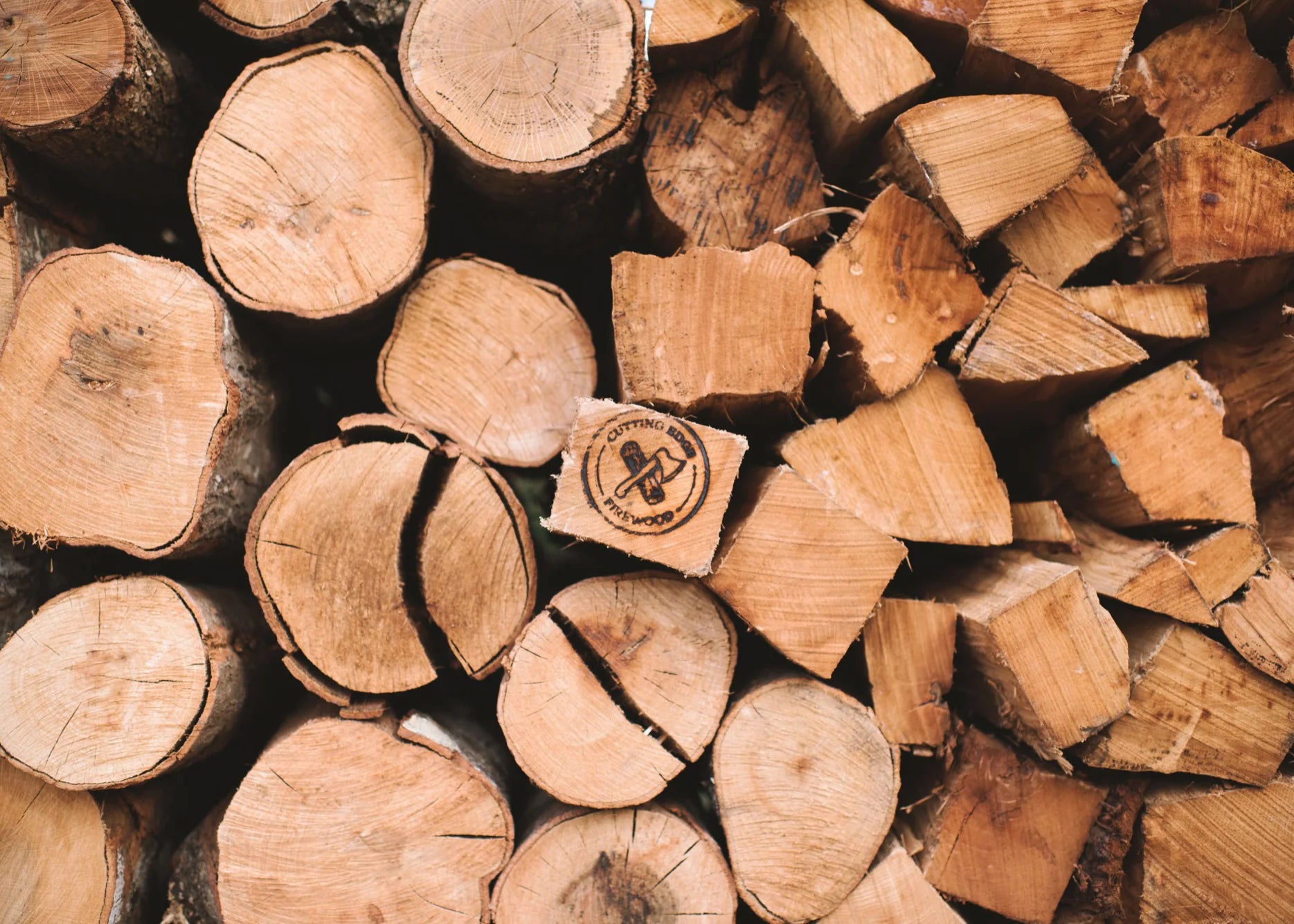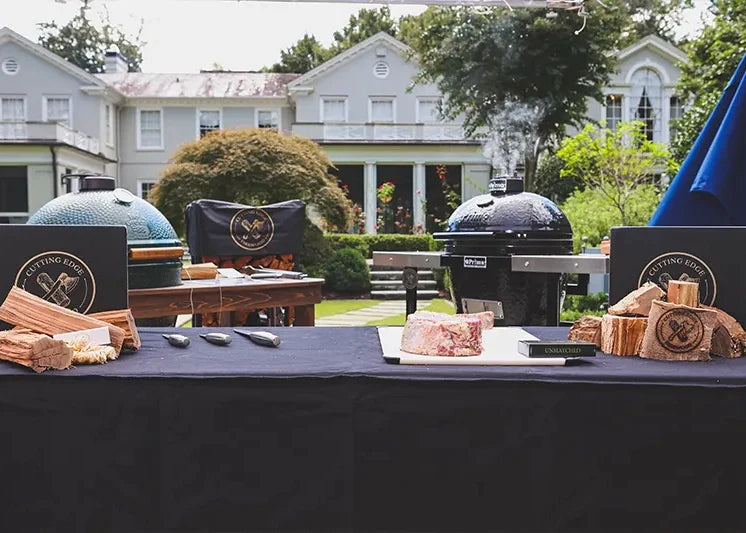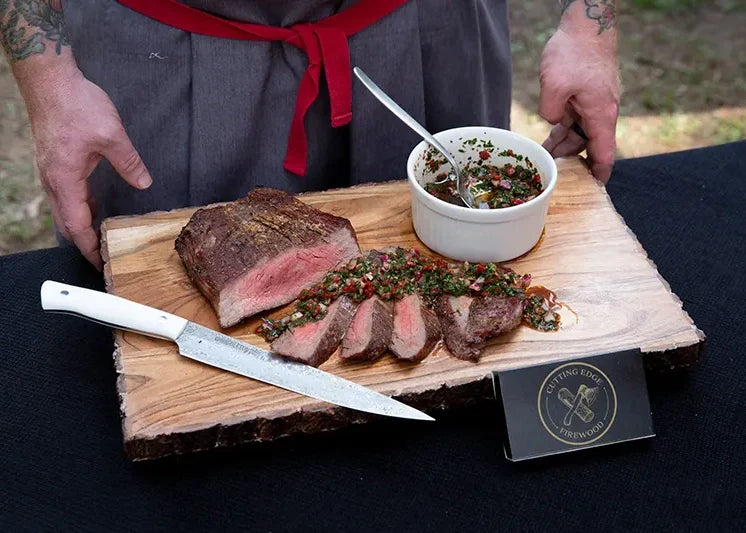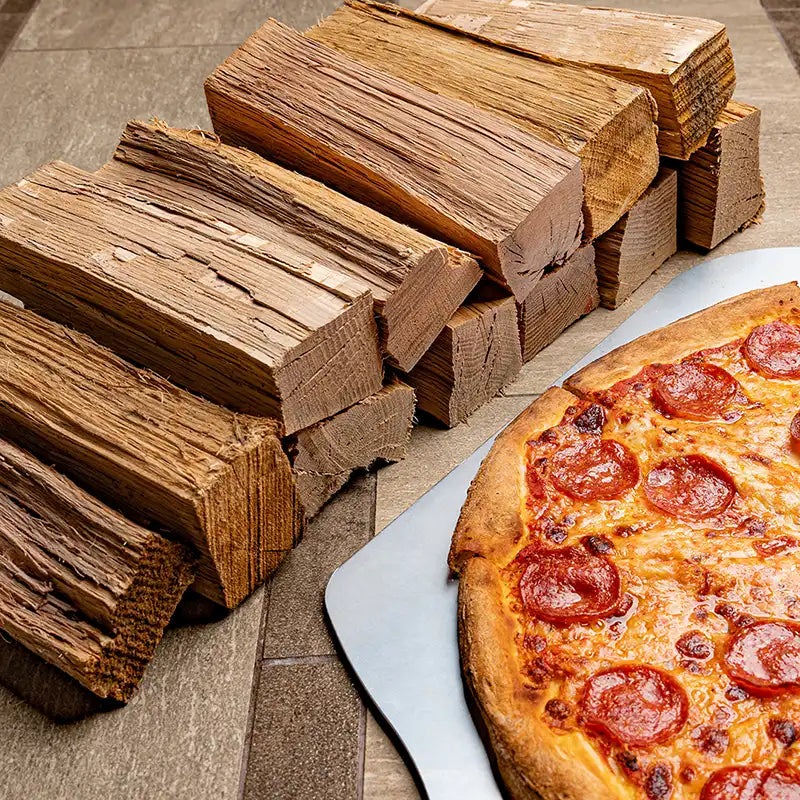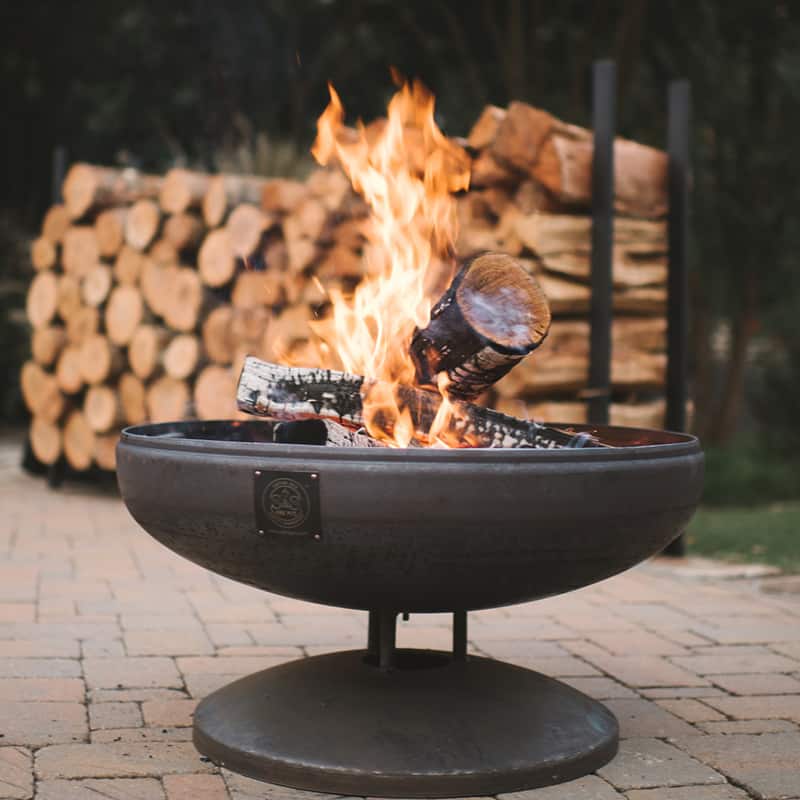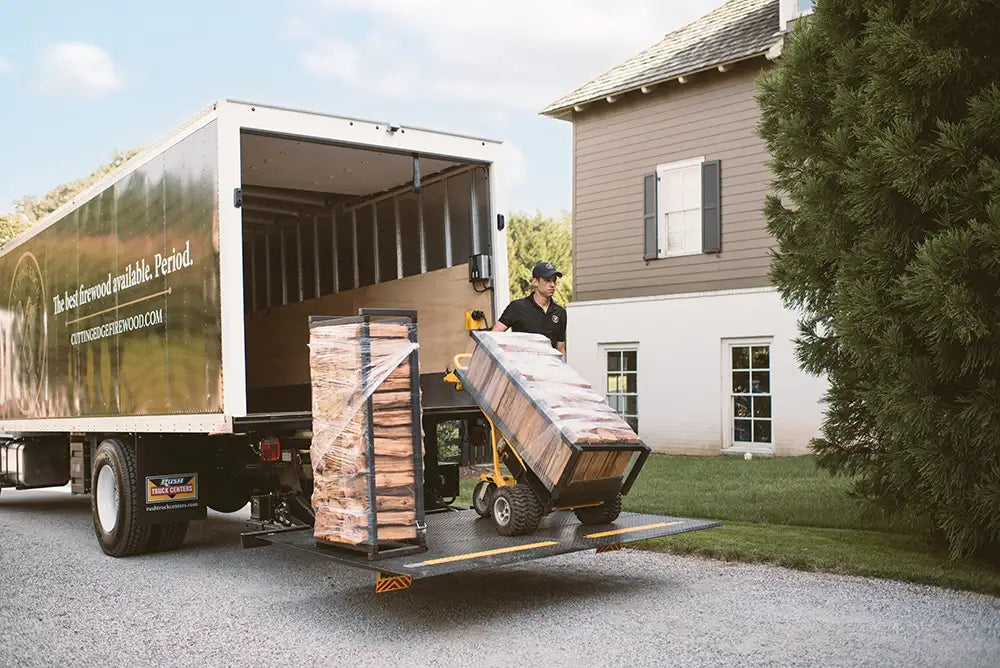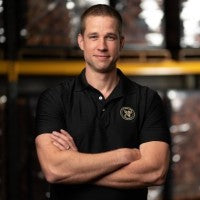No overnight camping trip is complete without a campfire. When the sun begins to set, you can gather around the campfire for light and warmth while also using it to cook meals. But building an effective campfire requires more than just tossing some fallen tree limbs and branches into a large pile and lighting them with a match. To build a better campfire, follow these nine practical tips during your overnight camping excursions.
#1) Locate a Nearby Fire Ring
You shouldn't build your campfire just anywhere. Rather, you should build it in a fire ring. Most parks and campgrounds have fire rings consisting of a ring of rocks outlining a shallow hole. They are typically located away from brush that could otherwise catch fire from a stray ember. Therefore, you should locate a fire ring in which to build your campfire, and if there's not one available, create your own using rocks and a shovel.
#2) Start With Tinder and Kindling
It's difficult to start a campfire using only wood logs. For the wood logs to ignite, you'll need a smaller source of fuel, such as tinder and kindling. Tinder consists of small twigs, wood shavings, grass and pine needles, whereas kindling consists of slightly larger sticks with a diameter of 1 inch or less. Look around for your campsite for small fuel sources such as these. After lighting the tinder and kindling in the fire ring, the wood logs should ignite, allowing you to create a hot campfire.
#3) Bring Kiln Dried Firewood
Don't assume that your campgrounds will have dry wood lying around that you can gather and use to build a campfire. Locally sourced wood almost always has a high moisture content. Even if a wood log looks dry on the surface, it may contain up to twice its weight in water. All this moisture makes locally sourced wood inefficient when burned. You may be able to light it using tinder and kindling, but once lit, it will produce lots of smoke while creating minimal heat.
You can avoid these problems, however, by bringing kiln dried firewood on your camping trips. Kiln dried firewood is dried in a large commercial oven known as a kiln. While the wood logs sit inside the kiln, they expel moisture. Locally sourced logs may have a moisture content of 100%, whereas kiln dried logs typically have a moisture content of 15% or less. As a result of its dry properties, kiln dried firewood is easy to light and burns very efficiently. By bringing a stack of kiln dried firewood on your camping trips, you can build a better campfire.
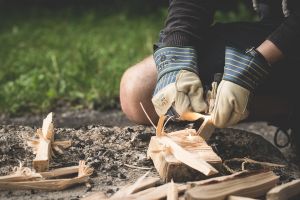
#4) Store Firewood Under Coverage
You probably won't use all your firewood at once. Even if you're only camping for a single night, you should save some so that you can add more when needed. Until you are ready to toss them in your campfire, though, store your unused firewood under a covered area to protect it from rain. If you leave your unused firewood out in the open, a sudden rainstorm could drench it. To keep your firewood dry, store it under a covered area like a tarp or tree canopy. When your campfire begins to die down, you can grab a couple of logs from this area.
#5) Gently Blow Into the Center
If you're struggling to light your firewood, gently blow into the center to fuel it with additional oxygen. As the fire receives more oxygen, it will become bigger and hotter. The fire actually reacts to the oxygen in the air, increasing its combustion efficiency. By blowing into the center of your campfire, you'll give it more oxygen. Assuming the tinder and kindling is always lit, the fire should ignite your firewood. Just remember to keep a safe distance while blowing gently into the center.
#6) Light From the Bottom
When you're ready to start your campfire, use a match or other fire starter to light the tinder and kindling. You should place the match underneath the tinder and kindling so that the heat will rise and ignite it. Tossing a lit match on top of the tinder and kindling won't work. For these small fuel sources to light, you must place the match underneath them. A single match should suffice when using dry tinder and kindling. If your fuel is damp, though, it may take a few extra attempts.
#7) Poke It
In addition to blowing into the center of your campfire, poking it will make bigger and hotter. Look around your campfire for long, thick hardwood branch. If some of the logs in your campfire aren't fully lit, use the branch to poke it. Poking does several things to encourage bigger and hotter fires. First, it allows air to reach places between the wood logs that it couldn't reach before. Second, poking moves around the coals to distribute heat more evenly.
As with blowing into the center of your campfire, you should use caution. If you stand too close or poke too aggressively, some of the stirred-up embers could land on your clothing or skin, neither of which is a pleasant experience. Keep a safe distance while gently slowly and gently poking your campfire. And remember, you only need to poke a few times to encourage a bigger and hotter campfire.
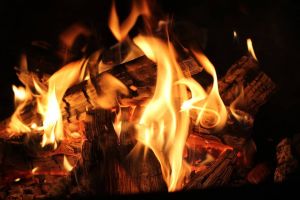
#8) Don't Add Leaves
Some people add leaves to their campfire, believing it will create a bigger and hotter fire. If you've added leaves to a fire before, you may have a noticed an initial increase in its heat and intensity. Leaves provide fuel that, like wood, trigger combustion to produce heat. But burning leaves isn't a good idea because of its poorly efficient combustion properties. When tossed into a campfire, the leaves will quickly ignite and burn down to ash, at which point your campfire will revert back to its previous state.
Furthermore, burning leaves will produce a lot of smoke. The moisture trapped inside the leaves prevents them burning all the way, so some of the unburned particulate matter is released as smoke. If you choose to add leaves to your campfire, it will create a smokey environment, in which case you may have to sit a little farther away from it. So, avoid burning leaves your campfire and, instead, stick with kiln dried firewood.
#9) Keep Water Nearby
Always keep water nearby when building and maintaining a campfire. Whether it's in a bucket, jug, bottle or any other container, water will allow you to control your campfire. If it begins to spread outside of the fire ring, just douse the stray fire or fires with water. There's no faster way to extinguish a fire than by dousing it with water.
Of course, you should also extinguish your campfire with water before leaving your campsite. After you've packed your bags and are preparing to leave your campsite, douse your campfire in water. Coals can remain hot for up to 48 hours, so even if your campfire is no longer burning, it could spread. As long as you douse in water, though, it shouldn't spread.
Stock up on premium kiln dried firewood by visiting our online store today. We offer a variety of kiln dried firewood, including oak, hickory and more, that will help you build a better campfire with less smoke.
